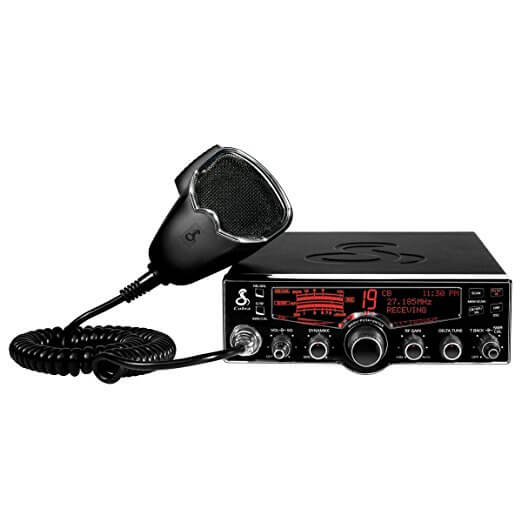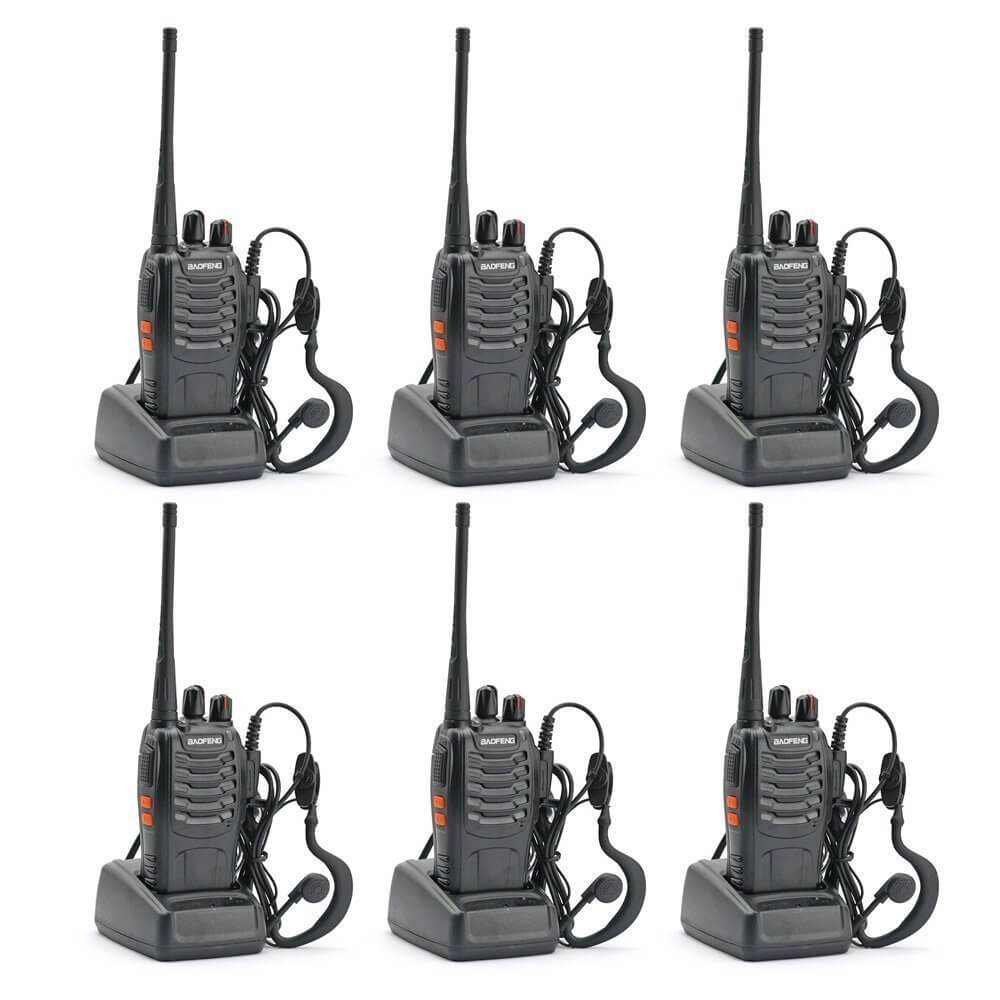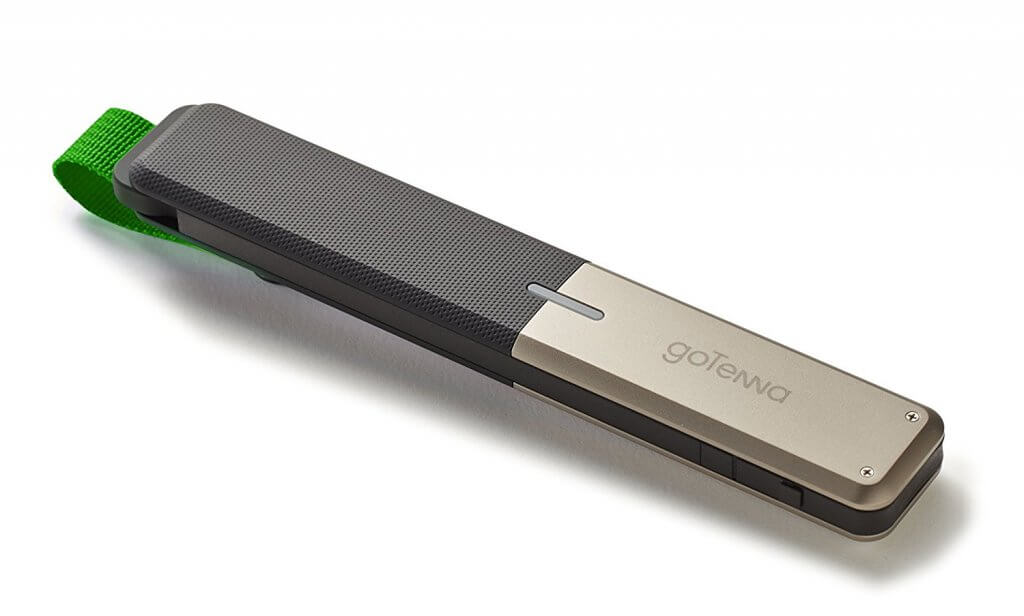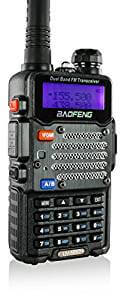Ever wonder how to communicate with family members, first responders or friends in times of a wide-scale disaster or when the grid suddenly goes down due to an attack? It is common knowledge that communication is a crucial aspect during and immediately after a disastrous situation.
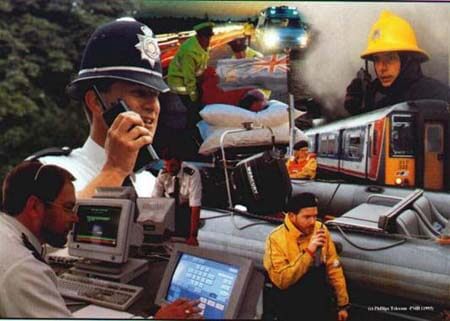
Source: psgb.net
Apart from connecting with loved ones, it is also a critical aspect in response and recovery. It is important to remember that current cellphone communication systems are vulnerable to a lot of factors and are only considered “short-term solutions”. To give you an idea on what a solid communication should look like when the world goes eerily silent, these off-grid prepper’s radio gear ideas will definitely be of help.
1. CB Radios (Citizens Band Radio)
If you want a no-fuss device, the CB radio antenna is your best choice in setting up a good communication system in preparation for a disaster. CB radios capture radio frequency signals which a receiver converts into electric signals. Subsequently, it also takes electric signals via a transmitter then, convert such signal into radio frequency. It requires no license and can be used for business purposes or for personal communications. However, CB radios are quite limited in terms of range and have low count in terms of users. It’s still a good option to have though. This Coba29 CB Radio, for instance, gives you instant access to 10 NOAA Weather Stations.
2. Satellite Phones
If you are keen on watching war and spy movies, you may have noticed portable phones (often, black in color) with antenna poking out of them. Think Tom Cruise and his Mission Impossible flicks. Satellite phones (or SatPhones) have always been promoted as a crucial device when SHTF happens. Like cellphone communication systems, however, it is vulnerable to various hazards like CMEs and solar storms.
SatPhones are also quite pricey. If money is no object though, this BlueCosmo Inmarsat IsatPhone 2 Satellite Phone Kit is an excellent choice as it comes with a SIM card ready for activation. It has global coverage and, unlike telecommunication companies, requires no roaming charges while allowing you to make/receive voice calls, send SMS, and track position with GPS.
3. GMRS/FRS Radios
If you have lived off your teens in the 80s and 90s then, you know precisely what a “walkie-talkie” means. GMRS (General Mobile Radio Service) and FRS (Family Radio Service) are such walkie-talkies and these two do serve their purpose when facing an emergency situation. For starters, they’re quite cheap and fairly easy to use. Many households today use GMRS or FRS radios instead of CB radios– and simply set up repeater to expand your range.
Some events organizers even use these two-way radios like the BaoFeng BF-888S below to communicate with their staff. Such can also be good for communicating with loved ones within a short distance during an emergency situation. You will need a license to operate this one though.
4. GoTenna
A breakthrough in the smartphone industry, however, cropped up recently– goTenna. Called the “future of off-grid communications”, it works via a simple messaging app allowing a user to type an SOS message, send GPS location, and gain access to offline maps– all via a bluetooth low-energy that wireless pairs with long-range radio waves in the area. Though it can create its own off-grid network without any hitch, it is quite limited and dependent on one’s terrain and elevation. Congested and bustling urban areas, for instance, only have 0.5mi ti 4mi.
5. HAM Radios
A bestfriend to most preppers and survivalist, a HAM radio come highly recommended for households to have in preparation for wide-scale disasters, man-made or otherwise. Ham radios are often used in various emergency response system including the US Military Auxiliary Radio System and Amateur Radio Emergency Service. It also has access to various NOAA frequencies allowing you more information on what’s happening around you.
Today, more than a million amateur radio operators and millions more globally use HAM radios like the bestselling Baofeng Black UV-5R V2+ Plus below. Keep in mind that you will need to have a license before operating one. The higher designation you have on that license though, the more frequencies you can use.
What To Get
Without a doubt, a good off-grid communication system can be crucial to anyone’s life during and after a disaster. While there are many ways to communicate, getting ready with any of these prepper’s radio gear ideas can spell s-u-r-v-i-v-a-l for you and your family. You can choose the ever reliable Ham radio or simply set up an FRS or perhaps, have a handy SatPhone kit. Whichever you like it, the most important aspect is to come up with a sound emergency communication system long before a disaster happens.
